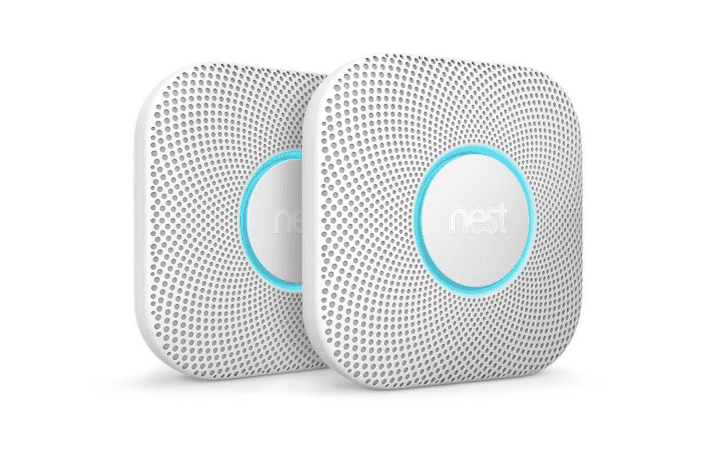One of the cornerstones of the smart home are automations that get triggered based on certain conditions. SmartThings, Wink, and other hubs built their whole proposition on top of that, but then voice assistants came and shook that foundation. Voice commands, and thus active requests, became the focus, but that didn’t stop everyone from bemoaning the loss of passive automations. To implemented that functionality you need sensors, and Google Assistant is finally adding native support for them.
Until now, most devices supported by Google Assistant were action-based (i.e. they only executed commands) and the ways you could interact with them were to inquire about their state or ask them to perform an action. I only came across a few instances of sensor support with thermostats / air conditioners and SmartThings, but none of that was properly documented for third-party developers and gadget makers.
With proper support, makers of sensor-only devices that measure humidity, temperature, air quality, brightness, motion, or open/close state, could directly add them to your Google Home setup. This also applies to existing security systems where each sensor can now be added individually and report its state. Additionally, Google has separately created a special device type for smoke detectors and CO detectors, which would give them different icons and commands from other sensors. The Nest Protect may finally be compatible with Assistant and find itself in your Google Home app — at least Google doesn’t have any other excuses for not implementing this.
Currently, the only thing these devices will do is answer your questions, but their addition paves the way for passive alerts and automations. Imagine your Google Home alerting you if motion is detected when the security system is armed, and picture more intricate Assistant routines that don’t just rely on time as a trigger but can be linked to sensors too. A smart window could be set to open as soon as CO is detected, a fan should start if air quality drops, lights in a room might turn on if brightness is low, etc… All of these IFTTT-like recipes would be possible.

